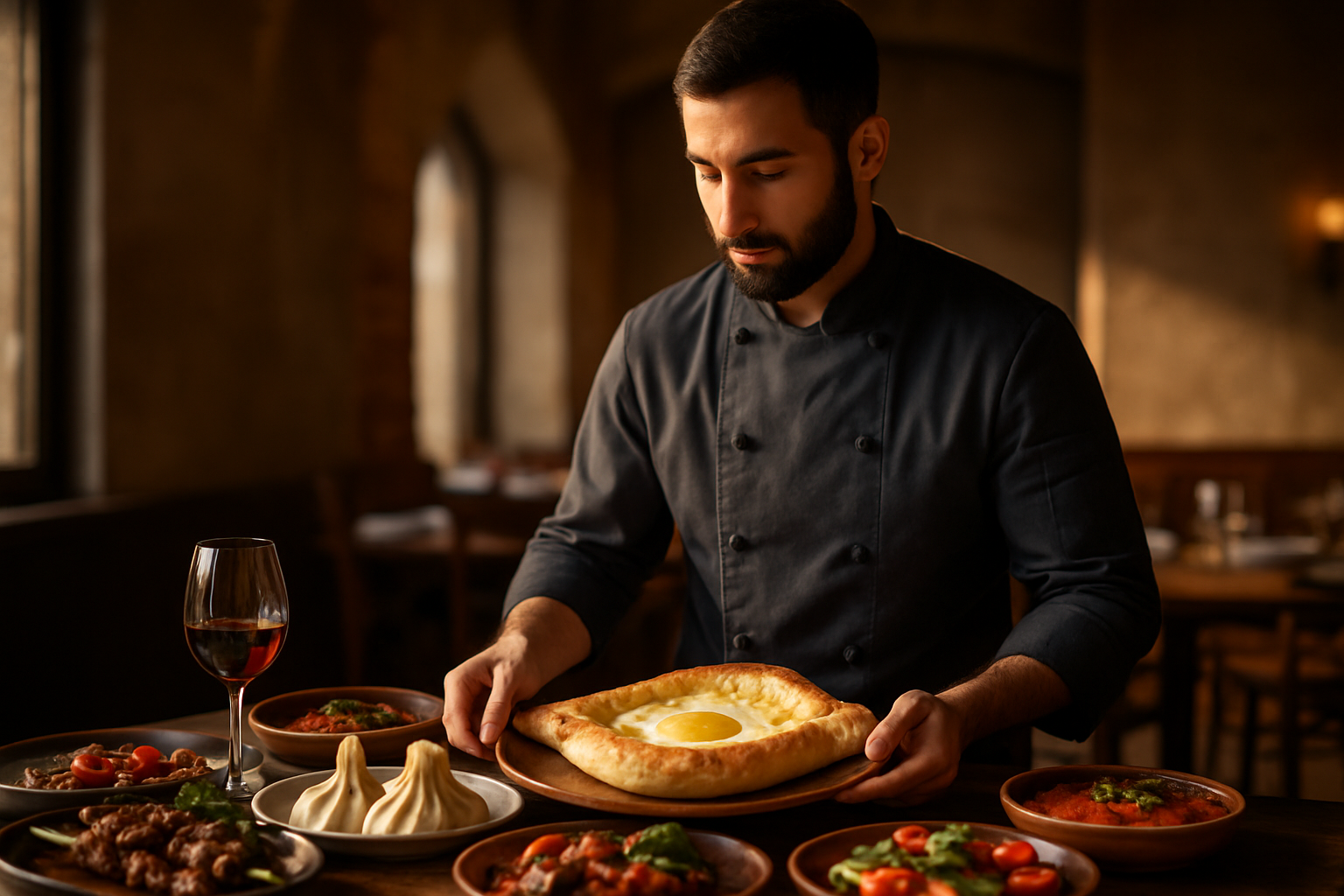Culinary Alchemy: Transforming Humble Ingredients into Gourmet Delights
Discover the art of elevating everyday ingredients into extraordinary culinary creations. From simple pantry staples to overlooked produce, this journey explores innovative techniques and flavor combinations that will revolutionize your approach to cooking. Unleash your inner chef and learn how to transform the ordinary into the extraordinary.

Reinventing Leftovers: From Mundane to Magnificent
Leftovers often get a bad rap, but with a little creativity, they can become the star of a new dish. Transform yesterday’s roast chicken into a luxurious pot pie by combining it with sautéed vegetables and a creamy sauce, then topping it with flaky puff pastry. Day-old rice can be the foundation for a vibrant fried rice dish, enhanced with fresh vegetables, eggs, and aromatic spices. Even stale bread can be repurposed into a gourmet bread pudding or panzanella salad. The key is to think beyond reheating and instead focus on reinvention. By approaching leftovers as a starting point rather than an end product, you can create exciting new meals that are both economical and delicious. This approach not only reduces food waste but also challenges you to think creatively in the kitchen.
The Art of Infusion: Elevating Oils and Vinegars
Infused oils and vinegars are a simple yet effective way to add complexity to your cooking. Start with a neutral base like olive oil or white wine vinegar, then add herbs, spices, or even fruits to create unique flavor profiles. Rosemary-infused olive oil can transform a simple roasted potato dish, while chili-infused vinegar can add a spicy kick to salad dressings or marinades. The process is simple: gently heat the oil or vinegar with your chosen ingredients, then allow it to cool and strain. These homemade infusions not only enhance your cooking but also make beautiful gifts. Experiment with combinations like garlic and thyme oil for savory dishes, or raspberry vinegar for a fruity twist on salads. By mastering the art of infusion, you’ll have a arsenal of flavor-packed ingredients at your fingertips.
Texture Transformation: Crispy, Creamy, and Everything In Between
Texture plays a crucial role in elevating dishes from good to great. Learning how to manipulate texture can turn simple ingredients into exciting culinary experiences. For instance, roasting vegetables at high heat can create crispy edges and caramelized flavors, transforming humble carrots or Brussels sprouts into addictive side dishes. Alternatively, slow-cooking tough cuts of meat can yield tender, melt-in-your-mouth results. Experiment with contrasting textures in a single dish, like adding crispy fried shallots to a creamy soup, or incorporating crunchy nuts into a soft dessert. Even simple techniques like properly emulsifying a vinaigrette or whipping cream to soft peaks can significantly enhance the texture and overall enjoyment of a dish. By paying attention to texture, you can create more dynamic and satisfying meals using everyday ingredients.
The Power of Presentation: Eat with Your Eyes First
They say we eat with our eyes first, and presentation can truly elevate a simple dish to restaurant-quality status. Start by considering color contrasts on the plate - a vibrant green herb oil drizzled over a creamy white risotto, or a sprinkle of pomegranate seeds on a chocolate dessert. Experiment with different plating styles, from rustic family-style servings to elegant individual portions. Use garnishes thoughtfully - a sprinkle of microgreens or a dusting of spices can add visual interest and complementary flavors. Even the choice of dinnerware can impact perception; a rustic ceramic bowl can make a simple soup feel more artisanal, while a sleek white plate can make colorful ingredients pop. Remember, presentation isn’t just about aesthetics - it’s about creating anticipation and enhancing the overall dining experience.
Culinary Alchemy: Tips and Tricks
• Experiment with different cooking methods for the same ingredient to discover new flavors and textures.
• Learn to balance flavors by using acid (like lemon juice or vinegar) to brighten rich dishes.
• Master the art of seasoning by tasting and adjusting throughout the cooking process.
• Invest in a few high-quality ingredients (like a good olive oil or aged balsamic vinegar) to elevate simple dishes.
• Don’t be afraid to combine unexpected flavors - some of the best culinary discoveries come from experimentation.
In conclusion, culinary alchemy is about more than just following recipes - it’s about understanding ingredients, techniques, and flavors to create something greater than the sum of its parts. By mastering these principles, you can transform even the most humble ingredients into gourmet delights, turning everyday meals into extraordinary culinary experiences. Remember, the most important ingredient in any dish is creativity - so don’t be afraid to experiment, innovate, and make the kitchen your laboratory for culinary magic.





